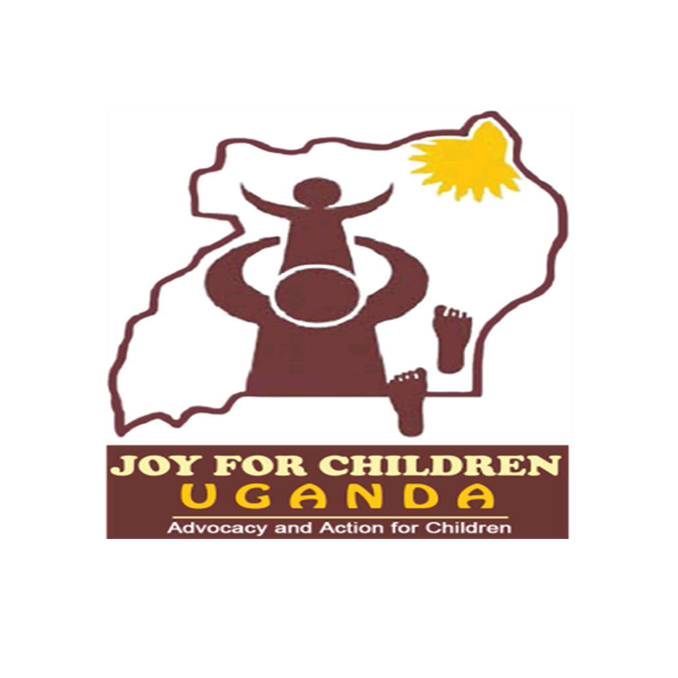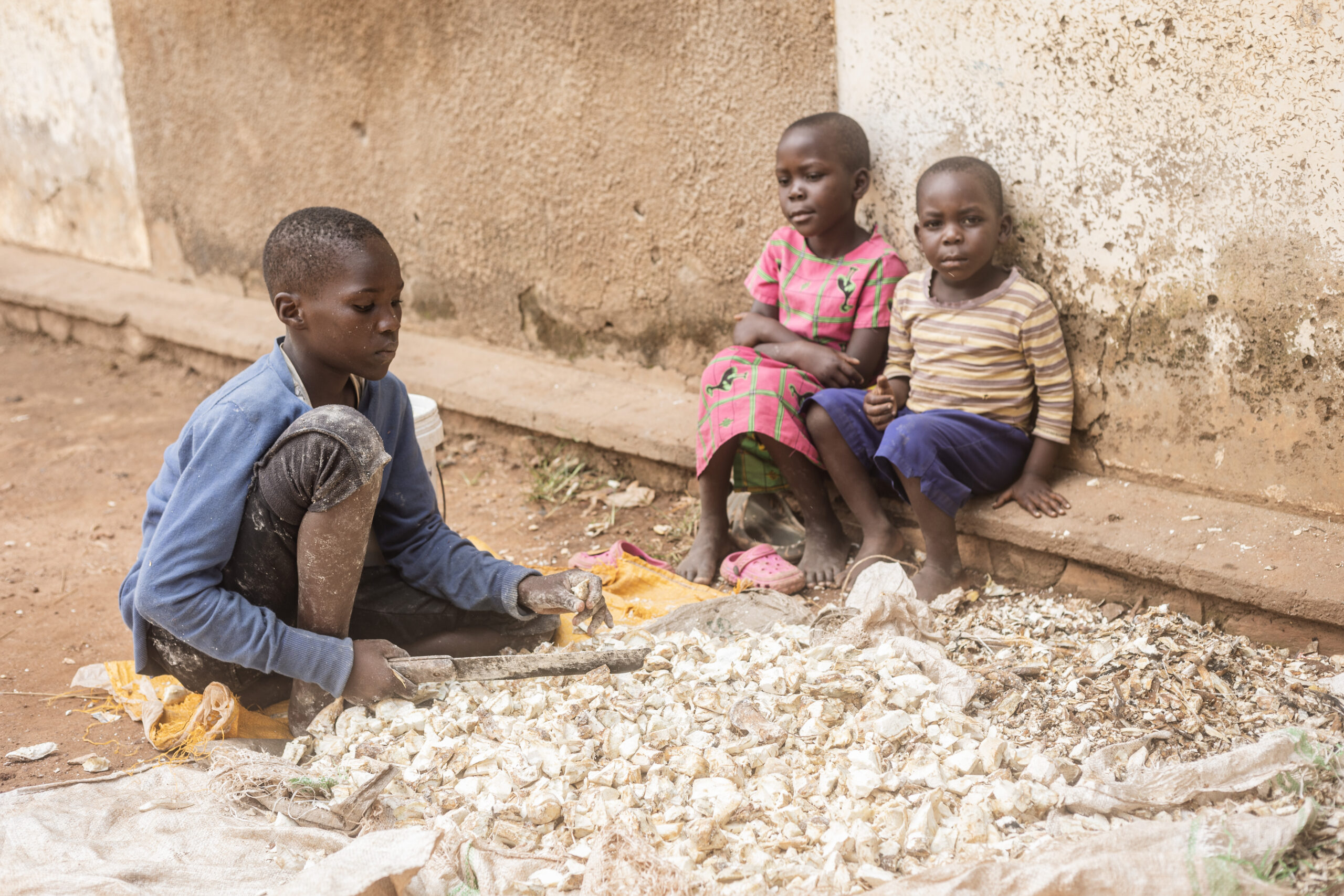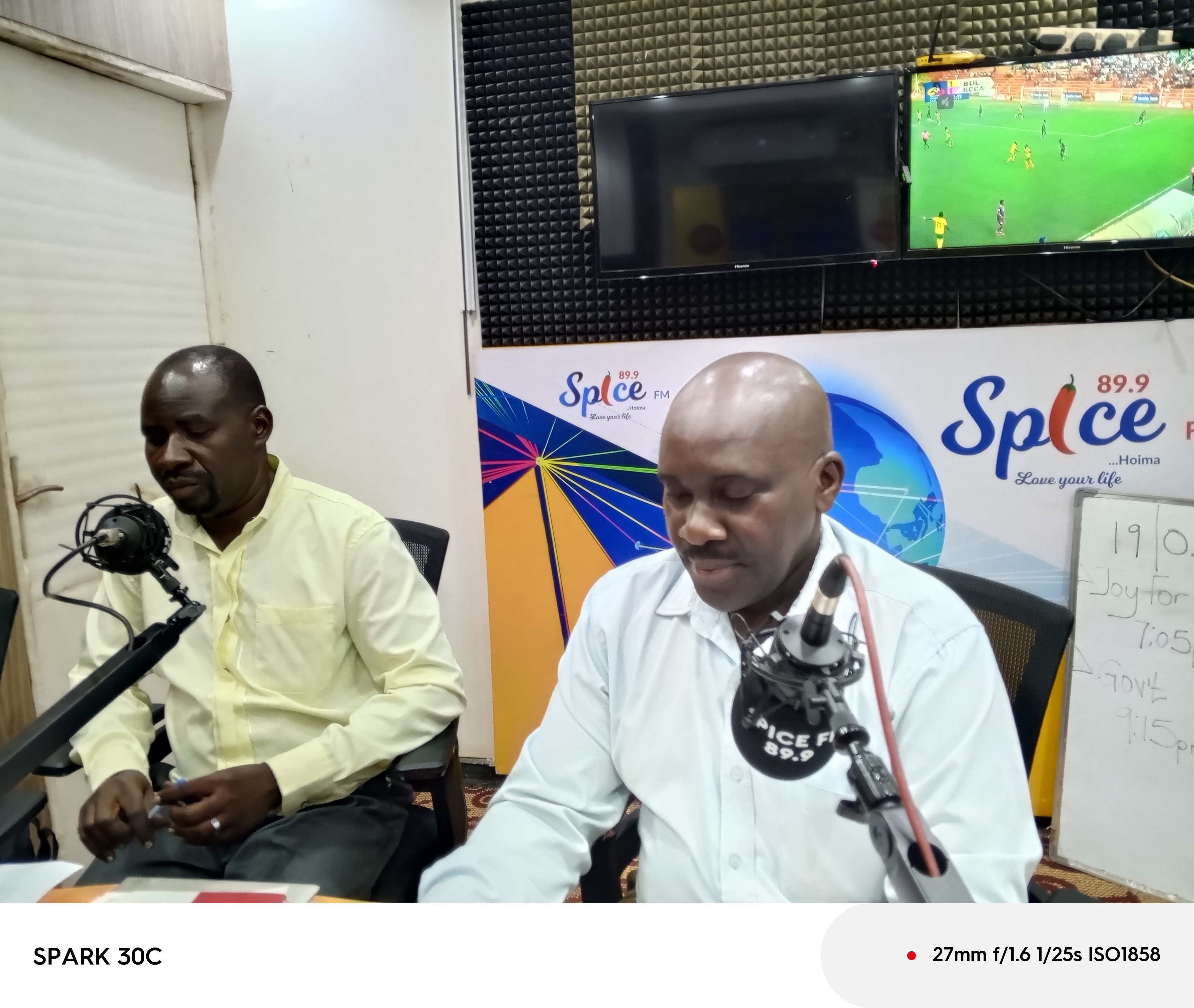Uganda is one of the countries with the highest early and forced marriage. 7% of girls are married off before the age of 15 and 34% of girls are married off before their 18th birthday according to Girls are not brides. Despite the law setting 18 as the legal age of marriage, customary marriages or informal marriages, where a girl lives with an older man, are significantly more common than registered civil or religious marriages. In addition, 10.6% of currently married 15-19 years old girls are married to men who have two or more wives.
The media is a powerful tool that plays a critical role in driving state accountability; exposing impunity and advocating for change. In this regard and because of the role that the media plays in driving systemic change; shaping opinions as well as the public discourse, On 27th June 2023, Equality Now conducted a media café that engaged journalists from Malawi, Zambia and Uganda in a robust conversation to share and learn on ending Child Marriage. The media café was conducted with three main objectives which included
· To enhance journalists’ understanding of Child marriage in the 3 countries of Malawi, Zambia and Uganda and the government’s obligation to protect women and girls;
· To identify opportunities for strategic partnership between the media, Equality Now and our partners
· To provide a platform for journalists to share their experiences including challenges faced in reporting on child marriage.
Here are some of the key points from the discussion
Key goals of media advocacy in ending child marriage
Raising awareness and understanding about child marriage.
The media is the most trusted source of information in the society. The media can be used as a platfforform spread awareness about child marriage and mobilize all community stakeholders – girls, boys, families, local leaders, leaders of civil sector organizations, and members of the local authorities – in a concerted effort to end child marriage. Through a variety of formats (reports, advertisements, news alerts, debates, public discussion programs), these programs seek to provide people with useful information about the causes and consequences of child marriage, and about the resources and means available to prevent child marriage. The aim is to foster a deep, lasting change in mentalities, which will encourage the eradication of child marriage.
Challenging harmful cultural norms and practices.
This is a push factor of child marriages in the communities. For example, A study conducted in Mayuge district in Eastern Uganda associates child marriage to continuing perceptions within the local communities that sexual maturation equals readiness for marriage such that ‘once a girl has developed breasts she is eligible for marriage!’ (Bantebya et al, 2014). This was coupled with prevalent cultural prescriptions against girls starting their menses in their parents’ home; which was reportedly strong among Muslims (ibid). Evidence also reveals that FGM as an initiation ritual for girls in some societies is a major driver of child marriage (Warner et al. 2013).Therefore challenging the harmful cultural norms will be one step towards ending child marriage
Ø Influencing policy changes and legal reforms.
The media plays a big role in Improving legal and policy environment (with focus on child rights) to protect children through reviewing government policies and laws; and stipulate the roles and responsibilities of the different stakeholders and holds them accountable for fulfilling their responsibilities to protect and uphold the public’s welfare. This can be achieved through praise and critique. The media also plays a big role in sensitizing communities about the relevant legislation and policies on girls’ education, SRH rights, and gender equality
Amplifying the voices and experiences of survivors and activists.
Creating Spaces for the voices of children, youth, and survivors most affected by child marriage is a very important factor in advocacy to end child marriage, this shapes public opinion and draws attention of the public on the issue at hand.
Mobilizing public support and engagement.
The media mobilizes families and communities, including older women, religious and traditional leaders as allies for gender equality.
Ethical challenges associated with reporting on child marriage.
1. Privacy and consent
Respecting the privacy and consent of the individuals involved is crucial. Journalists always have to seek consent from the families or relevant parties.
2. Cultural sensitivity ,
Given that child marriage is deeply rooted in culture , perpetuating stereotypes or stigmatizing communities needs to be avoided
3. Harm to survivors
Reporting on child marriage can potentially re traumatize survivors or expose them to further harm or backlash. Considerations should be done to minimize harm such as anonymizing identities.
4. Child protection
It is crucial to ensure that reporting does not inadvertently reveal the identities or locations of minors involved which could expose them to further harm or retaliation.
What are the Strategies for Effective Reporting on Child Marriage
• Shifting narratives from victim-blaming to a focus on systemic analysis and accountability.
Highlight the social, economic, cultural, and legal factors that perpetuate child marriage, shifting the narrative from blaming individuals to examining broader structures and systems. This can be done by consulting experts and integrating their analysis into their reporting. And more Raise awareness about child protection law
• Humanizing the stories
Humanizing the stories and creating empathy among the audience / Narrative moves beyond simplistic generalizations and encourages a more nuanced understanding of the issue. It helps create a sense of urgency, promotes a deeper understanding of the issue, and builds support for policy reforms, legal interventions, and investment in programs aimed at ending child marriage.
Adopting a gender-sensitive approach
This Provides context and analysis to help audiences understand the root causes and consequences of child marriage. Examine the role of gender inequality, patriarchal norms, and discriminatory practices. Present data and research to support your reporting. It also Ensures diverse representation in media coverage by including the perspectives of girls, women, boys, men, and marginalized communities. Avoid generalizations and provide a platform for diverse voices to challenge stereotypes.
Use of data
Data and research provide a solid foundation of evidence that adds credibility, Influences policy and decision-making and monitors progress and accountability






